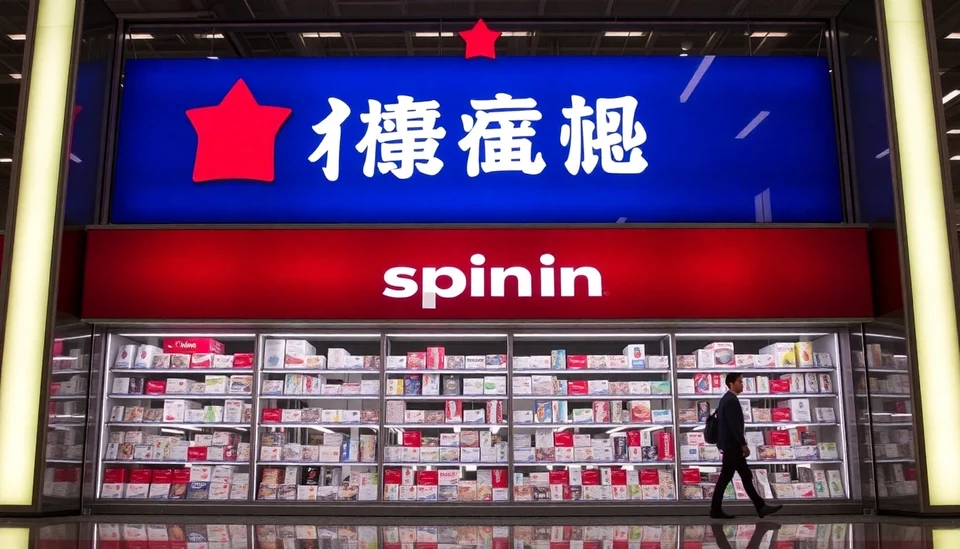
In a remarkable development in the pharmaceutical industry, a newly launched Chinese aspirin is making waves by retailing at an astonishing price of less than one cent per pill. This aggressive pricing strategy poses a significant challenge to established foreign pharmaceutical companies that have long dominated this essential medication segment. With this move, Chinese producers are not only tapping into their vast manufacturing capabilities but are also reshaping market dynamics on a global scale.
The Chinese company responsible for this pricing revolution has managed to streamline its production process, resulting in a manufacturing cost that allows them to sell the aspirin at such a low retail price. This disruptive model capitalizes on the country's booming manufacturing base, advanced production techniques, and a sustained focus on cost-effectiveness. This strategic advantage provides Chinese manufacturers with an edge over foreign firms, which operate under different cost structures and often bear higher manufacturing expenses.
The implications of this pricing strategy are profound. Foreign firms are now faced with intense pressure to reassess their pricing and operational strategies if they wish to remain competitive in markets increasingly receptive to budget-friendly options. In regions where healthcare affordability is a pressing concern, the prospect of significantly cheaper medications could lead to a shift in consumer preference towards locally produced products.
Moreover, the influx of such competitively priced Chinese aspirin in the market could also prompt discussions among regulatory bodies regarding the patents and intellectual property surrounding pharmaceuticals. With cheaper alternatives emerging, there might be increased scrutiny and calls for reforms to ensure compliance with international trade agreements and patent laws.
This development has sparked anxiety within the pharmaceutical industry in regions outside China, particularly among established companies that previously held a monopoly over aspirin production. Many of these firms are now brainstorming innovative strategies to keep their products relevant and affordable, while also considering investments in cost-cutting technologies.
The low-cost aspirin also raises questions about quality. While the pharmaceutical industry maintains strict safety standards, consumers may still be wary about quality differences between domestically produced and foreign products. This sentiment could influence the market's response to these budget-friendly offerings, with some consumers opting for established brands known for their reliability despite the price difference.
As the competition heats up, it remains to be seen how traditional pharmaceutical companies will respond to this challenge. They may need to focus on enhancing the value of their products beyond just the price point, possibly emphasizing quality, effectiveness, or additional health benefits to sway consumer attitudes.
In conclusion, the emergence of ultra-low-cost aspirin from China signifies a crucial shift in the pharmaceutical landscape that could transform buying habits across populations. The long-term repercussions of this trend may lead to further innovations in the industry as suppliers, consumers, and regulators navigate the evolving dynamics of drug pricing and availability.
#Pharmaceutical #Aspirin #ChineseMarket #HealthcareInnovation #GlobalEconomy #DrugPricing #ManufacturingRevolution
Author: Samuel Brooks




